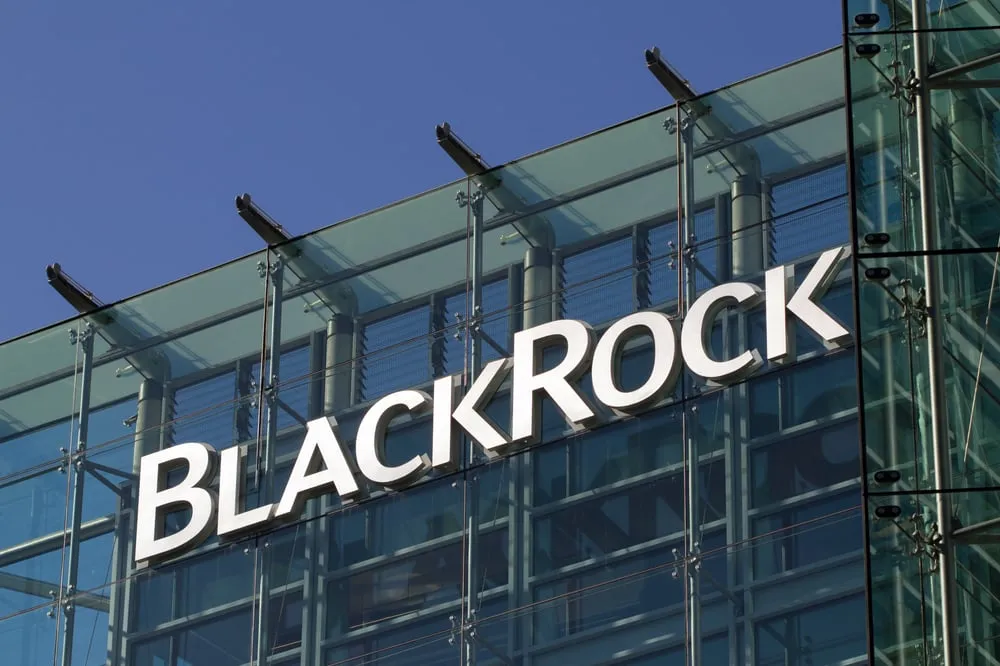How do different industries use blockchain?
Blockchain is an emerging technology that is being adopted in innovative manner by various industries. We describe some use cases in different industries in the following subsections:
Energy
Energy companies use blockchain technology to create peer-to-peer energy trading platforms and streamline access to renewable energy. For example, consider these uses:
- Blockchain-based energy companies have created a trading platform for the sale of electricity between individuals. Homeowners with solar panels use this platform to sell their excess solar energy to neighbors. The process is largely automated: smart meters create transactions, and blockchain records them.
- With blockchain-based crowd funding initiatives, users can sponsor and own solar panels in communities that lack energy access. Sponsors might also receive rent for these communities once the solar panels are constructed.
Finance
Traditional financial systems, like banks and stock exchanges, use blockchain services to manage online payments, accounts, and market trading. For example, Singapore Exchange Limited, an investment holding company that provides financial trading services throughout Asia, uses blockchain technology to build a more efficient interbank payment account. By adopting blockchain, they solved several challenges, including batch processing and manual reconciliation of several thousand financial transactions.
Media and entertainment
Companies in media and entertainment use blockchain systems to manage copyright data. Copyright verification is critical for the fair compensation of artists. It takes multiple transactions to record the sale or transfer of copyright content. Sony Music Entertainment Japan uses blockchain services to make digital rights management more efficient. They have successfully used blockchain strategy to improve productivity and reduce costs in copyright processing.
Retail
Retail companies use blockchain to track the movement of goods between suppliers and buyers. For example, Amazon retail has filed a patent for a distributed ledger technology system that will use blockchain technology to verify that all goods sold on the platform are authentic. Amazon sellers can map their global supply chains by allowing participants such as manufacturers, couriers, distributors, end users, and secondary users to add events to the ledger after registering with a certificate authority.
What are the features of blockchain technology?
Blockchain technology has the following main features:
Decentralization
Decentralization in blockchain refers to transferring control and decision making from a centralized entity (individual, organization, or group) to a distributed network. Decentralized blockchain networks use transparency to reduce the need for trust among participants. These networks also deter participants from exerting authority or control over one another in ways that degrade the functionality of the network.
Immutability
Immutability means something cannot be changed or altered. No participant can tamper with a transaction once someone has recorded it to the shared ledger. If a transaction record includes an error, you must add a new transaction to reverse the mistake, and both transactions are visible to the network.
Consensus
A blockchain system establishes rules about participant consent for recording transactions. You can record new transactions only when the majority of participants in the network give their consent.
What are the key components of blockchain technology?
Blockchain architecture has the following main components:
1. A distributed ledger
A distributed ledger is the shared database in the blockchain network that stores the transactions, such as a shared file that everyone in the team can edit. In most shared text editors, anyone with editing rights can delete the entire file. However, distributed ledger technologies have strict rules about who can edit and how to edit. You cannot delete entries once they have been recorded.
2. Smart contracts
Companies use smart contracts to self-manage business contracts without the need for an assisting third party. They are programs stored on the blockchain system that run automatically when predetermined conditions are met. They run if-then checks so that transactions can be completed confidently. For example, a logistics company can have a smart contract that automatically makes payment once goods have arrived at the port.
3. Public key cryptography
Public key cryptography is a security feature to uniquely identify participants in the blockchain network. This mechanism generates two sets of keys for network members. One key is a public key that is common to everyone in the network. The other is a private key that is unique to every member. The private and public keys work together to unlock the data in the ledger.
For example, John and Jill are two members of the network. John records a transaction that is encrypted with his private key. Jill can decrypt it with her public key. This way, Jill is confident that John made the transaction. Jill’s public key wouldn’t have worked if John’s private key had been tampered with.






